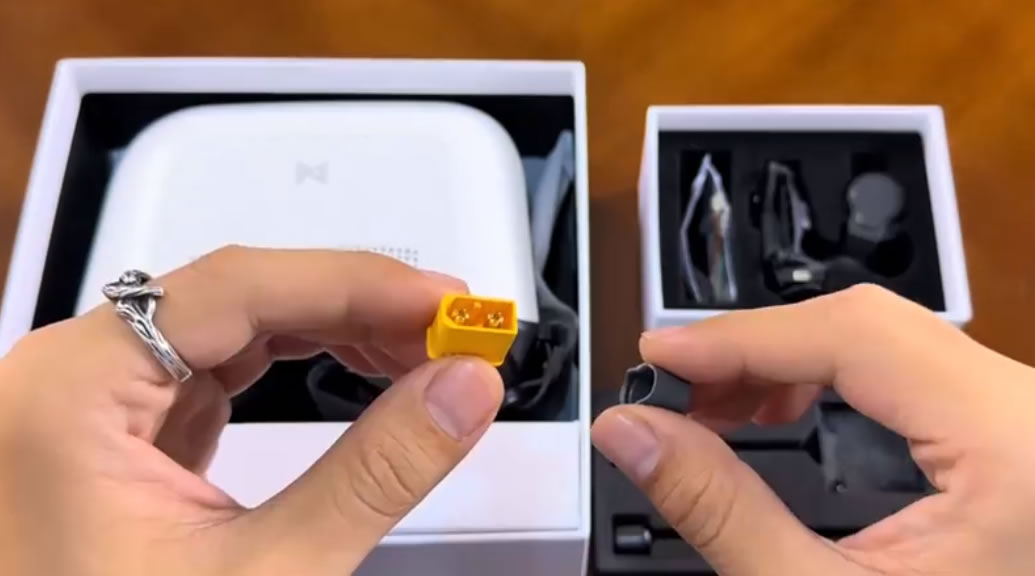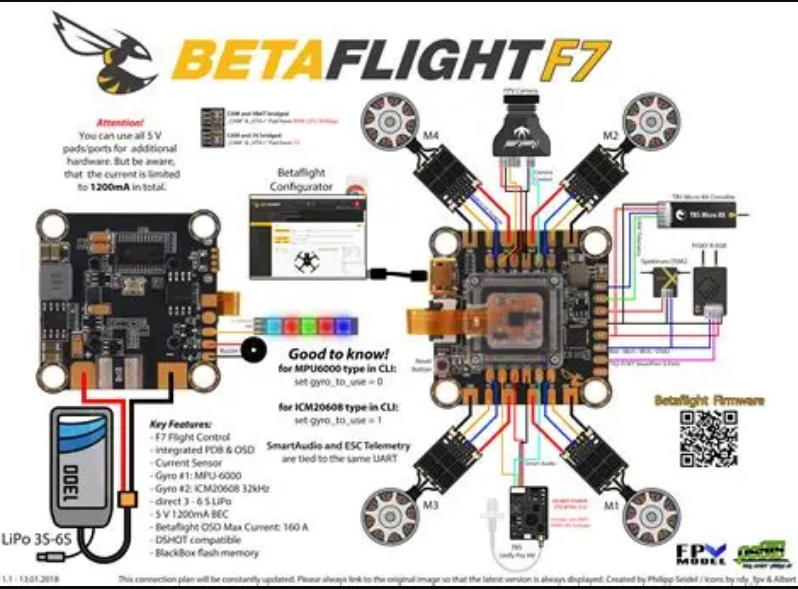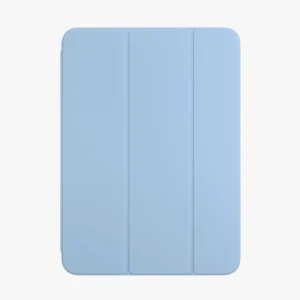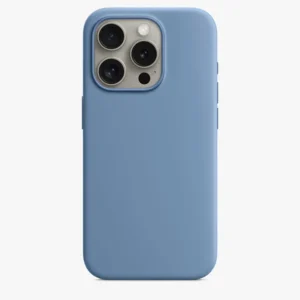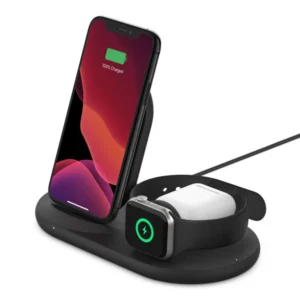Recommended Configuration Examples
Beginner/Indoor: Eachine TX805 (48 channels, ≤200mW).
Racing/Medium Range: TBS Crossfire Nano (500mW, strong anti-interference)
Professional Long-Range: DJI O3 Air Unit (1W+, requires compliance certification)
Key Factors in Choosing FPV VTX Power Levels
Selecting the appropriate power level for an FPV (First-Person View) video transmitter (VTX) requires balancing transmission distance, regulatory compliance, flight environment, and safety. Here are the critical considerations:
1. Transmission Distance Requirements
Short Range (<5 km): Ideal for indoor flying or FPV racing, low-power modules (25-200mW) are recommended to meet real-time needs while minimizing heat and interference.
Medium Range (5-15 km): Suitable for aerial photography or agricultural monitoring, medium-power modules (500-800mW) strike a balance between signal strength and power consumption.
Long Range (>15 km): High-power modules (1W+) or satellite communication may be required, but attention must be paid to heat dissipation and regulatory compliance.
2. Regulations and Safety
Power Restrictions: Different regions have strict regulations (e.g., FCC, CE) on wireless transmission power. Ensure the VTX complies with local laws to avoid legal risks.
Heat Dissipation: High-power VTXs (800mW+) may overheat, necessitating heat sinks or active cooling to prevent damage.
3. Flight Environment and Interference Resistance
Complex Electromagnetic Environments (e.g., urban areas, dense obstacles): Choose VTXs with frequency-hopping spread spectrum (FHSS) or multi-band support (e.g., 48CH) to dynamically avoid interference.
Indoor/Confined Spaces: Low-power (200mW or less) is sufficient, as high power may cause signal reflection due to multipath effects.
4. Device Compatibility and Power Consumption
Battery Life: High-power VTXs drain batteries quickly. Consider battery capacity (e.g., 1300mAh 6S) and flight duration when selecting.
Lightweight Design: Micro drones (e.g., Tiny Whoop) require lightweight, low-power modules (e.g., Walksnail Avatar HD Mini).
Recommended Configurations
Beginners/Indoor: Eachine TX805 (48-band, ≤200mW).
Racing/Medium Range: TBS Crossfire Nano (500mW, strong anti-interference).
Professional Long-Range: DJI O3 Air Unit (1W+, requires certification).
Additional Notes
Antenna Matching: Ensure transmitter and receiver antennas have the same polarization (e.g., both circularly polarized) to avoid significant signal loss.
Latency Testing: For racing, ensure latency is <30ms (e.g., Runcam Phoenix 2).
By aligning these parameters with your flight scenario, you can optimize FPV transmission performance while ensuring safety.

